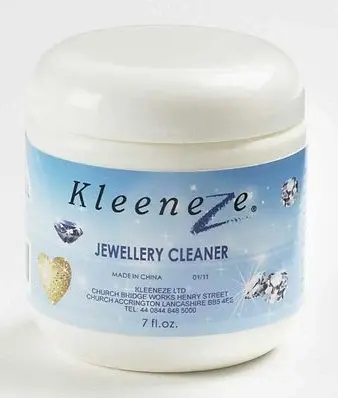Frankenorange
Orange 🍊 Fan
The hyphenated name is very much like American product naming.
I can imagine a travelling salesman, called Chuck , who has holes in the soles of his shoes, the collar of his shirt a little too worn and smelling slightly of hooch. Chuck has been drinking too much of this, since being laid off at the car plant, and it is all he can do to manage extolling the benefits of the Super-Ezee De-Light wool rug cleaner, day in and day out, to people who aren't really interested.
Chuck has stopped by a neat little house and a housewife , Mary, wearing an apron, is politely listening to the slightly broken looking salesman, casually smoking a Chesterfield from her secret stash ,she keeps at the back of a cupboard, with her other guilty pleasure, black music, that is all she has left from her previous life in Chicago, just audible in the background.
Annoyingly ; the scratch on her precious record, an unpleasant reminder of the last argument she had with her abusive boyfriend that led to her fleeing south, to live near her sister, was spoiling the moment for her. A break in the monotony, a conversation with someone who isn't family, the possibility of a new beginning. Maybe not with this guy, but maybe the next ?
I can imagine a travelling salesman, called Chuck , who has holes in the soles of his shoes, the collar of his shirt a little too worn and smelling slightly of hooch. Chuck has been drinking too much of this, since being laid off at the car plant, and it is all he can do to manage extolling the benefits of the Super-Ezee De-Light wool rug cleaner, day in and day out, to people who aren't really interested.
Chuck has stopped by a neat little house and a housewife , Mary, wearing an apron, is politely listening to the slightly broken looking salesman, casually smoking a Chesterfield from her secret stash ,she keeps at the back of a cupboard, with her other guilty pleasure, black music, that is all she has left from her previous life in Chicago, just audible in the background.
Annoyingly ; the scratch on her precious record, an unpleasant reminder of the last argument she had with her abusive boyfriend that led to her fleeing south, to live near her sister, was spoiling the moment for her. A break in the monotony, a conversation with someone who isn't family, the possibility of a new beginning. Maybe not with this guy, but maybe the next ?
